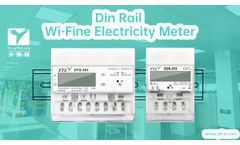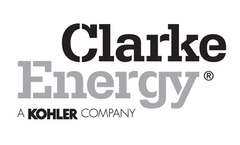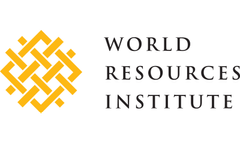Distributed Generation System Articles & Analysis
32 articles found
Therefore, effective anti-islanding protection measures must be implemented in distributed generation systems.2. The Role of Energy Meters in Anti-IslandingAlthough energy meters do not directly implement anti-islanding functionality, they play a crucial role in the monitoring and metering of distributed ...
Clarke Energy’s Global Reach and Local Focus was evident recently when Ty Martin, South Pacific Kohler Technical Support Manager, travelled from Australia to Papua New Guinea to provide specialised training to Kohler dealer ECM in Port Moresby. Clarke Energy’s combined approach of theoretical training followed by practical application means all technicians are trained using the exact ...
How do power grids work? Utilities generate electricity at power plants, and then distribute it to our homes and businesses over thousands of miles of wires. ...
The problem is the U.S. power grid relies on centralized generation of power with 200,000 miles of transmission lines and 5.5 million miles of distribution lines to deliver electricity to its destinations – which, most of the time, exist far from the power source. ...
At MGM we have identified this need and have been supplying transformers for application in Distributed Photovoltaic (DPV) Power Generation Systems – aka, Solar Energy. In DPV Power Generation Systems electrical power is generated by converting solar radiation into direct current (DC) ...
However, we can assume that if and when it is implemented, it will have the general effect of reducing reliance on carbon-intensive fuels, coal in particular. ...
ByEnsia
This paper proposes a single stage three–phase grid–connected photovoltaic (PV) system topology, it being simpler and more efficient. This includes the modelling of PV module and the power conditioning unit interfacing the PV to the utility grid with proper power flow control. ...
This paper seeks to highlight issues that warrant further evaluation associated with more precisely incorporating energy efficiency (EE) into a utility's system wide transmission and distribution (T&D) plan from a financial and load forecasting perspective while accounting for system reliability and ratepayer concerns. This paper also analyses ...
Several states are experimenting with new pricing structures for rooftop solar and other distributed generation. Minnesota has introduced a new approach, known as the “value of solar” method, which offers credits to consumers who sell solar power energy into the grid. ...
The collection and distribution of drinking water resources generally require large quantities of energy, that vary according to factors related to the characteristics of the served area, as well as to design and management choices. Energy intensity indicators (energy per unit of volume) are insufficient to assess the weight of different factors that affect the ...
This paper presents the modelling and control of fuel cell–based distributed generation system with embedded active filter functioning. It includes the modelling of proton electrolyte membrane fuel cell and the power conditioning unit interfacing the fuel cell to the utility grid with proper power flow control. ...
Hydroelectric facilities are typically older and operate with a mismatched assortment of hardware and controls, which are not optimized to work as a unified system. Many small hydro owners and operators have similar issues emerging in locales across the country. ...
This paper investigates the operation and control of multiple Distributed Generation (DG) systems interconnected to the utility in the form of microgrid. The developed model of the microgrid consists of microturbine generation system, converter-based DG system with stiff DC source, ...
Further, the unscented filter is used to estimate harmonics in power network and in a special case harmonic voltage in a voltage-source converter-based HVDC (VSC-HVDC) system to be used for power quality improvement in distributed generation system. ...
This project will support the Task Force in its effort to create an enabling environment for renewable and distributed generation technologies in Partner countries. The project will focus on all Partner countries in order to identify specific barriers impeding hydropower investment in each country. Partner countries have identified more than $200 billion in hydropower investment necessary for ...
This project will help to improve the quality of both the resource information and the tools for assessing the technical and economic potential for renewable energy development, which will greatly enhance opportunities for broad deployment of renewable energy and distributed generation technologies in Partner countries. It will also develop improved tools for ...
Increasing the share of distributed generation in the total electricity mix will have a significant impact on both clean energy supply, as well as emissions reductions. ...
The objective of this project is to facilitate the deployment of renewable energy and distributed generation technology in India by identifying barriers to deploying renewable energy and distributed generation, and creating strategies for overcoming these barriers. This project will include a peer assessment, site visits in various APP Partner countries, and workshops. A handbook outlining best ...
The United States will work with the Water Authority in the State of Andhra Pradesh in India to address this situation ensuring efficient energy and water co-management through mutually complementing interventions such as biomass-based distributed generation and energy efficient water management activities. Multiple stakeholders (U.S. and Indian agencies, ...
Distributed Generation (DG) units are said to have the potential to become an integral part of the future power systems. ...









